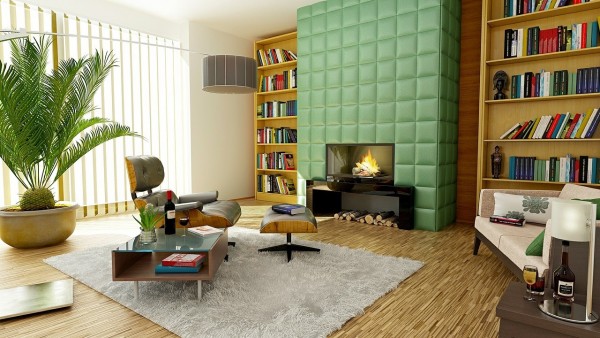These days, many people are aware of green architecture. It’s undoubtedly good for the planet, but is it really going to maintain its appeal or will customers get tired of it after a while when the next new thing comes along? Is it just another fad, or is it worth serious investment? These are big questions for private homebuyers and real estate magnates alike, and answering them is trickier than it might first appear.
The dawn of green architecture
Early experiments in green architecture began in the 1920s and 1930s but fell out of fashion with the arrival of the Modernist movement, which sought to use new materials to create more dynamic rather than more sustainable buildings. It wasn’t until the hippie movement popularized ecological awareness in the early 1970s that it enjoyed a resurgence, but since then it has shown remarkable resilience. It’s worth noting that early experiments didn’t always turn out the way people hoped – the use of asbestos for insulation, for instance, was quickly abandoned when scientists realized that loose fibers could cause lung cancer and mesothelioma – but many simpler ideas have lasted well, and some of them have drawn on much older technologies, such as building low constructions with thick walls to minimize heat exchange in the desert.
Making properties greener
Modern technologies for making buildings eco-friendly have advanced a long way from this, but they always need to take the specificity of the environment into account and focus on local priorities. Heat exchange may be an issue in Arizona, for instance, but some of the techniques used to manage it cause moisture retention and rot if applied in Alaska, while in California green priorities have to balance with resistance to seismic tremors.
One of the most fundamental rules of green architecture is to choose construction sites wisely with the larger community in mind – for instance, by avoiding building on flood plains. In rural areas it’s much easier to take a home off the grid; in an urban environment it can contribute to the well being of the community by, for instance, having a white-painted roof to reflect heat and reduce the city’s overall temperature, or by having a green roof – or even hanging gardens – to sop up atmospheric carbon and reduce pollution. Buildings may also incorporate solar panels or windmills to generate their own energy. Further to this, green architecture means being aware of the other creatures using the environment, and doing things like placing dots on large reflective windows to prevent birds from flying into them.
One man’s dream
One man who has had his eye on green architecture for many years now is real estate investor Kenny Slaught. His real estate management firm, Investec Real Estate Companies, owns an extensive range of properties across California, from urban offices to homes up in the mountains where he likes to go hiking, and he’s been happy to put money into sustainable properties, seeing them as an important part of the region’s future. The Kenny Slaught blog is a good place to find out more.
Looking to the future
Developing technologies, from hydroponically supported ecowalls to living architecture, are expanding the possibilities of both rural and urban construction while helping us move into areas previously considered uninhabitable. By effectively creating more space, they’re relieving some of the pressure on a growing human population. In crowded urban areas, they’re making it easy to live in a comfortable, attractive environment – indoors and out – without giving up on the convenience of the city. This, in turn, reduces travel, further cutting pollution and reducing the carbon footprint of city workers.
The use of grey water is an area that is growing increasingly important in areas where water supplies are struggling to meet demand. Originally developed for desert environments, it’s now a practical way to reclaim water and reduce waste in many different contexts, and what’s more, it can be done biologically, sustaining carbon-absorbing plant life at the same time. As far as energy-independent properties are concerned, despite the temporarily low price of oil (due to artificial manipulation of the mechanics of supply and demand), fossil fuels are a diminishing resource, and people are increasingly aware that fuel bills will go up over the long term. This makes direct access to renewable energy resources increasingly attractive, with developments in battery technology removing many of the drawbacks such systems used to have.
All these developments, both positive and negative, bode well for the future of green architecture, and suggest that properties designed in this way are likely to go up in value, well ahead of the rate of inflation, over the long term.





